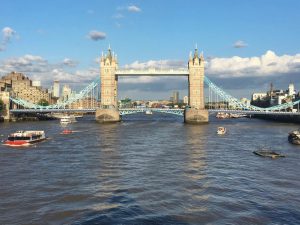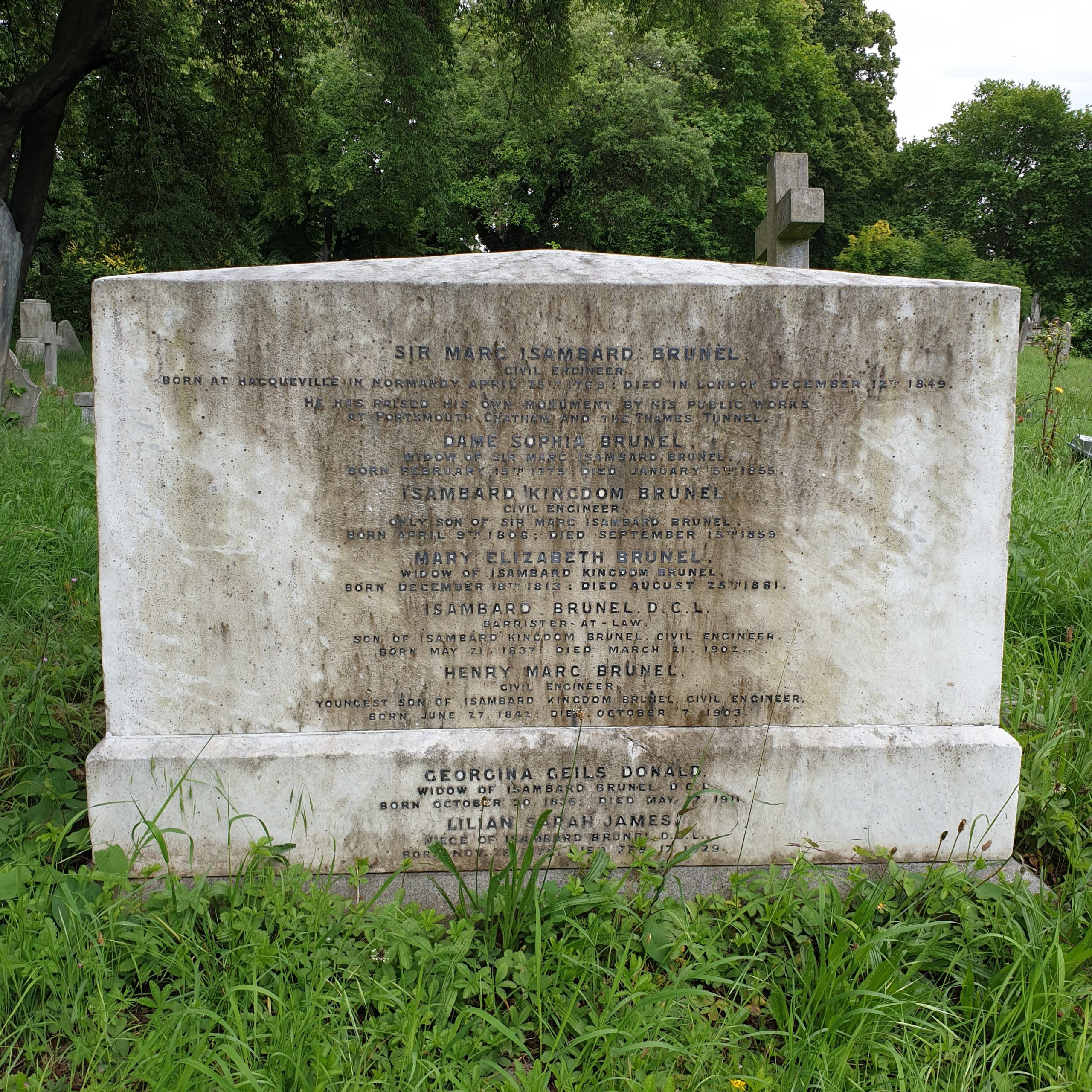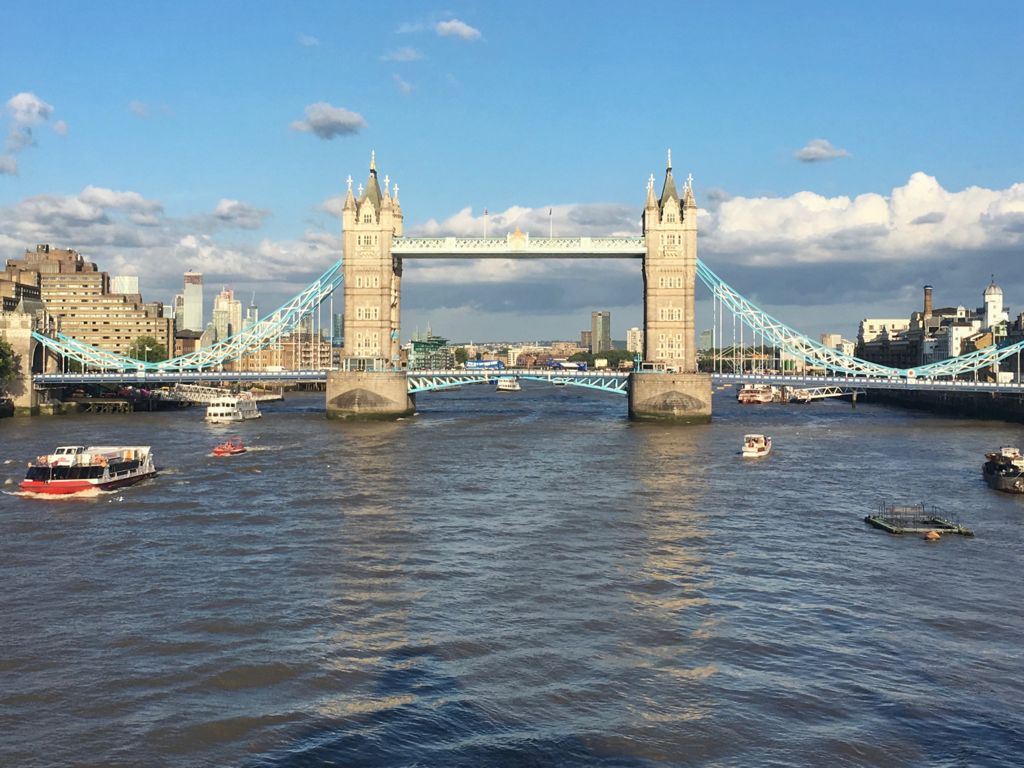Second son of the great civil engineer, Isambard Kingdom Brunel, and grandson of the great mechanical engineer, Sir Marc Isambard Brunel, it would have been surprising if Henry Marc had not become an engineer.
Henry Marc evaded the name ‘Isambard’, unusual in England; the name going to his older brother, who entered the law.
Educated at Harrow and Kings College, Henry Marc was only 17 when his father died, but he had already participated in some of his father’s last works such as the difficult launch of the Great Eastern.
His engineering career began as an apprentice at the heavy engineering Elswick Works of Sir William Armstrong, the industrial magnate and inventor who equipped his house with all manner of novel devices, including hydroelectricity.
Henry Marc then became a pupil and assistant to (Sir) John Hawkshaw, reportedly assisting with the replacement of his own father’s elegant Hungerford suspension bridge with the present, plainly functional, beam railway bridge. Other work he undertook with Hawkshaw included docks at Penarth and Hull, taking soundings for a proposed Channel Tunnel, and inspecting the condition of the Caledonian Railway.
During this time, he also worked with his friend William Froude, a former engineer on his father’s staff, and studied Naval Architecture, particularly the new ships the Navy was building to compete with the French. One of those ships would inevitably have been HMS Warrior, built by the Thames Iron Works at Blackwall, having just finished the ironwork for Isambard’s Royal Albert Bridge.
Henry Marc’s last association, from 1878, was with his personal friend (Sir) John Wolfe Barry, son of Sir Charles Barry, architect of the new Palace of Westminster. This led to such work as the Barry docks, Blackfriars Railway Bridge, and two other bridges both important for their ‘cutting edge’ engineering: Tower Bridge on the Thames and the Connel Ferry Bridge on Loch Etive, Argyll.

Tower Bridge, London 2021 G. Howard
Henry Marc was responsible for much of the detailed design of Tower Bridge as well as planning and supervision of the construction; making good use of his experience at Elswick and in dock building. The lifting bascule principle was similar to that for the bridge his grandfather designed for the Czar of Russia in 1817. How far Henry Marc consciously relied on his grandfather’s work is not known.
Henry Marc has received little credit for his work on Tower Bridge, despite fulsome praise from Barry.
For his last project, with Barry, he was back in Scotland on the Caledonian Railway. The Connel Ferry Bridge, not generally known due to its remote location, had to be a steel cantilever bridge of a novel design in order to achieve a span of 500 feet with no supporting piers, and was the second longest in Europe.
Henry Marc never achieved the fame of his father or grandfather, but the days of a sole engineer, like the Stephensons or senior Brunels, designing and managing the building of complex, ground-breaking projects alone, was giving way to separation of skills and consortiums of firms. However, throughout his career Henry Marc worked with or for some of the best engineers of the time and contributed significantly to a variety of important steps in engineering progress.
He died on this day in 1903, aged 61. Neither he nor his brother married so he was the last to bear the Brunel name.

Brunel Gravestone, Kensal Green Cemetery, S. Kuklewicz, 2019
Article by Mike Thatcher, Volunteer
Discover how the Brunel family changed the face of London by booking a visit to the Museum today!

